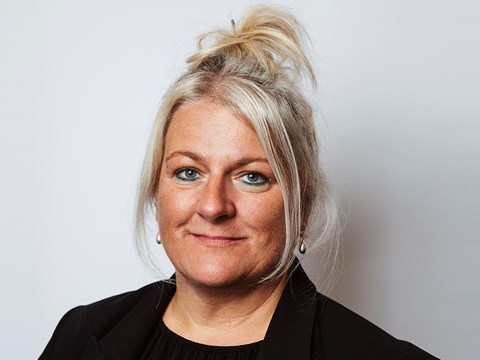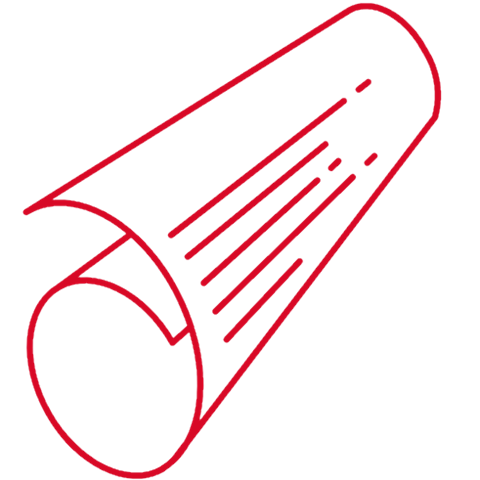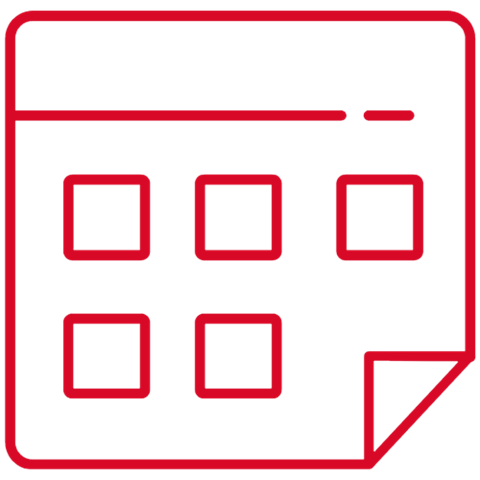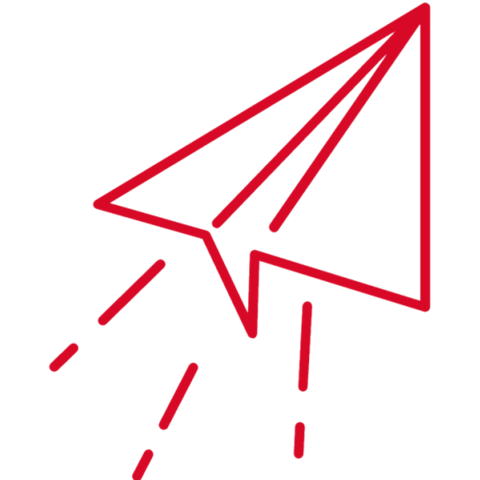How To Get The Most Out Of Your Marketing Agency Relationship
15 Mar 2022
It goes without saying that every CMO and their team wants to know that they’re getting the most out of their marketing agencies, in terms of output and outcomes. But in the pursuit of continuous improvement, it’s important to regularly pause and take stock of what ‘getting the most out of’ really means.
If you want your relationship to consistently produce fantastic results, then you need to think about it holistically, and what you as a client can do to make sure that the working relationship is set up right at the start, and managed well on an ongoing basis.
This topic is pretty heavily discussed, but working directly with so many different brand and agency relationships has given AAR a unique perspective; here are the ten things that we know make the biggest difference in getting the best out of an agency:
1. Start Right
Relationships and partnerships that are set up right from day one have the best chance of delivering on that wonderful potential everyone envisaged during selection.
You need to understand how each other’s business operates, and what your working practices look like from the off, but the key here is mutuality. Talk about how you’re going to work together, agree upon initial metrics, and define your roadmap. Be mindful of assumptions, and keep an eye out for blind spots. Throughout this process, it’s also vital to recognise that ‘starting right’ applies to the people involved in the relationship , not just to the agency as an entity.
From the get go, you need to make sure you’re all singing from the same hymn sheet: one agenda, one team, one dream.
2. Invest time
Time is a finite resource, just as much as money is, so it’s vital you invest it into the right things to ensure you can get the most out of your agency relationship.
You need to be strategic in how you use your time. If this partnership has come about as a result of marketing transformation, then invest time figuring out how this agency can work most effectively in your marketing ecosystem. If this is a like-for-like agency replacement, then time is probably better spent building knowledge, agreeing ambition and ensuring lessons learnt are not easily repeated.
Critically you should spend time developing an aligned roadmap for the journey ahead - and crucially, regularly review and update it. Regularly ask, what’s happening now, what’s next, and what lies in the future? What are we doing well, and where do we need to course correct, now?
3. Listen - continuously
It might seem obvious, but listening takes on a whole new level of importance when striving for success from an agency relationship. Perspectives differ even within organisations, and this issue becomes amplified when communicating with external parties.
Active listening, where questions are asked that help you to understand each others’ perspectives and issues, should be combined with regular constructive feedback, along with a formalised two-way appraisal process, and dedicated wash-up sessions. By establishing rules and systems for better communication, you can aid learning and progression. Listen, understand, and most importantly, learn.
4. Embrace positive friction
Friction isn’t always a bad thing and often results in new ideas being born. Provoking creativity and passion often means stimulating and embracing challenging conversations and different perspectives. Everyone should feel comfortable pushing and playing with scenarios, and indeed playing devil’s advocate when necessary. Just be sure to always challenge the idea, not the person (or indeed, the agency).
Channel an ongoing mutual spirit of creativity, commerciality, and curiosity. The place where these three ‘C’s collide (make that four ‘C’s…) is where the magic happens.
5. Give a Great Brief
The best briefs are a careful blend of information, instruction and inspiration, enabling the client and agencies to deliver their best work and results together. It sounds so obvious, yet quality briefing is often lacking in the haste to get the job done. If you want to get the most out of your marketing agency, make sure you commit to never creating or signing off a poorly defined brief.
As an inspired Creative Director once told me, “If the brief is not itself creative, if it has not started to make choices and decisions to problems, present information in an expansive and interesting way, and interpret the information with imagination and flair, then its authors and presenters have no right to expect anything different from the creative team”. Fair point.
6. Maintain integrity
No one ever sets out to do a bad job. When things go wrong, it’s important to reflect openly about why, and to treat everyone involved with integrity. No amount of internal or external pressure justifies rudeness or disrespectful behaviour, in any scenario. As one agency told us: “It can be so frustrating when we have all agreed on a scope of work and turnaround time, then we get told we have half the time… of course we will deliver to the best of our ability, but will it be the best?”
7. Cultivate transparency
The permission to be honest and open is one of the most powerful tools in a client/agency relationship. Put simply, if you create a culture where you can be frank and open with your agency, and ditto for them with you, niggles can be nipped in the bud before they turn into commercial issues, or missed opportunities.
Make sure that your team and agency are empowered to fix any issues along the way, and not just hear about them after the fact. Don’t play the blame game: show that you can learn together, and ensure that what’s keeping you awake at night is on their minds too. A problem shared, and all that.
8. Make process the enabler - not the goal
Process is inevitably a big part of any working relationship, but with your agency it’s crucial to keep the focus on the ‘what’ and the ‘why’, not the ‘how’. This doesn’t mean you shouldn’t spend time reviewing and reflecting on your processes, but these should be designed to facilitate great work - not be perceived as great work in and of themselves.
9. Set your people up for success
‘You get out what you put in’ applies to people, not just agencies, so think about how well you’re facilitating success for your partner’s teams and individuals. Give them the data, results, access and tools they need to succeed.
To get the most out of a marketing agency relationship, businesses and brands also need to be prepared for the people involved in that relationship to change. You can’t expect a new account manager to download the knowledge, common language, and insight of their predecessor, Matrix style. Great clients know this - and are willing to challenge their own assumptions and expectations when it comes to setting up new people to succeed.
10. Pause for the good times
We’ve mentioned looking ahead a few times, but it’s worth adding that taking a moment to say ‘this is going well, great work everyone’ is also invaluable. The goal should be forming that sense of one team, one agenda, and a real sense of ‘we’. To achieve this, you need to celebrate the wins, as well as reflect on the challenges and learnings. Shining a light on successes and saying thank you matters.
Final thoughts
Now I love a good bit of alliteration so when I mentioned the three ‘C’s earlier - creativity, commerciality, and curiosity, I should also say that there is a fourth, which glues all of these together - and that’s collaboration. Teams that are inherently collaborative will organically ooze all of the things we’ve listed above; they won’t talk about these things - they’ll just do them.
Chances are every client and agency will be doing some of these things really well. So here's the question. What would a conversation about the points above look like between you and your teams, and your agency? What are you doing well, and where could you improve? What tangible impact could that have? If you are on a quest to get the most out of your marketing agency relationships, I’d heartily recommend that conversation…
About The Author




